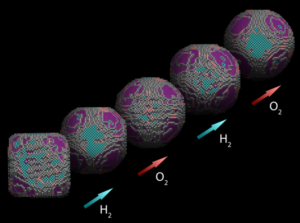(May 2023) Our recent work operando TEM on titanium oxide overlayers over Ni nanoparticles during catalysis, published in the journal Science, challenges the conventional understanding of strong metal-support interaction in nanocatalysts.
(December 2022) A recent invited review paper on the latest progress on methods to reduce experimental time and electron irradiation dose requirements for 3D elemental distribution analysis has been published in the Journal of Microscopy.
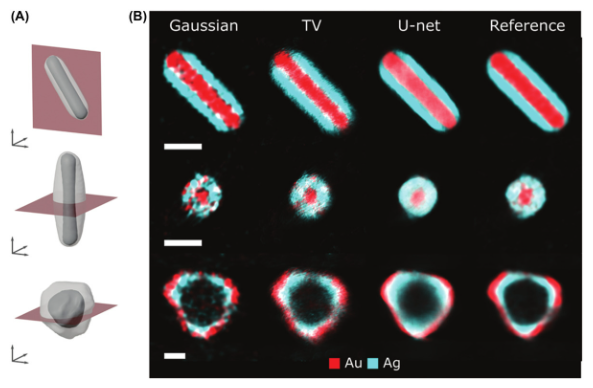
(November 2022) Work on the engineering of catalytic sites at the metal–oxide interface in cerium oxide–zirconium dioxide (ceria–zirconia)-supported cobalt shows how few-atom cobalt clusters dispersed on 3 nm cobalt(II)-oxide particles yields a highly active CO2 methanation catalyst. This work was published in Nature Catalysis 5, 1051 (2022).
More details can be found in the open access pdf.
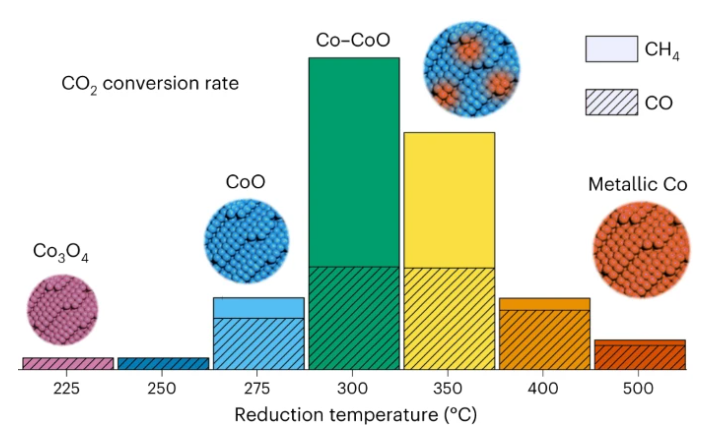
(March 2022) A novel tomography method for quantifying the degree of chirality is presented in ACS Materials Letters: “Quantification of the Helical Morphology of Chiral Gold Nanorods” ACS Materials Lett. 4, 642, 2022.
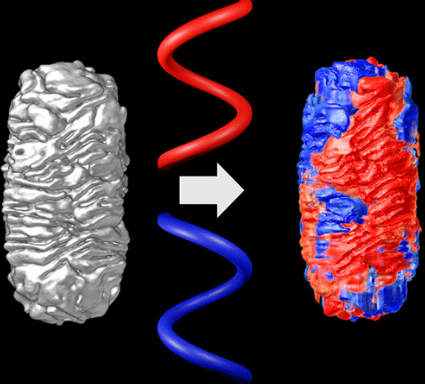
(November 2021) A combination of (in-situ) ADF-STEM from one direction and atom-counting techniques have been employed to extract the 3D atomic structure of nanoparticles even at high temperatures where relaxation effects are important. an optimized approach is therefore proposed using an iterative local minima search algorithm followed by molecular dynamics structural relaxation of candidate structures associated with each local minimum. In this manner, it becomes possible to investigate the 3D atomic structure of supported NPs, which may deviate from their ground state configuration.
This paper was published in Small Methods.
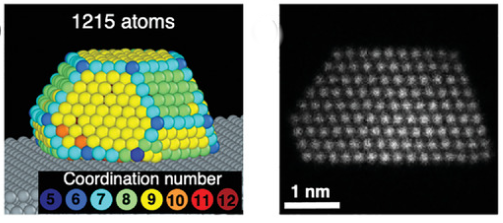
(February 2021) A review paper on recent progress on measuring nanoparticle transformations in 3D inside the electron microscope is published in the Accounts of Chemical Research journal (Accounts Chem Res 54, 1189 (2021)). In situ tomography techniques investigating diffusion processes on a single nanoparticle level are presented. These provide a detailed account of heating, gas environment or laser-induced transformations.
More details can be found in the open access pdf.
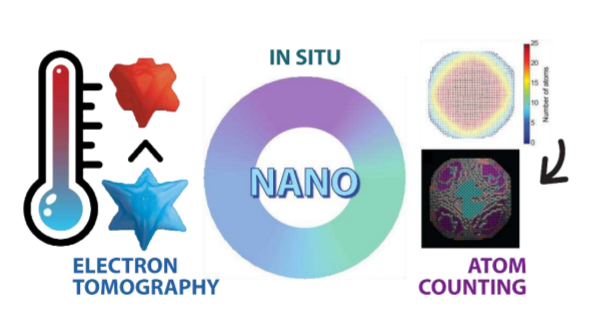

(June 2020) Work on chiral gold nanoparticles in collaboration with Prof. L. Liz-Marzan was published in Science: “Micelle-directed chiral seeded growth on anisotropic gold nanocrystals”, Science 368 (6498), 1472 (2020).
Groovy chiral gold particles. Although plasmonic optical activity can arise from chiral assemblies of gold and silver nanoparticles, there are few examples of gold nanoparticles with intrinsic chirality and high optical activity. González-Rubio et al. show that morphological chirality can be induced during the seeded growth of gold nanoparticles, particularly for highly anisotropic nanorods. Chiral additives as cosurfactants formed helical micelles that directed the seeded growth to create grooves that maintained a chiral morphology. The resulting particles displayed high-intensity circular dichroism with anisotropy factors near 0.2 at near-infrared wavelengths.
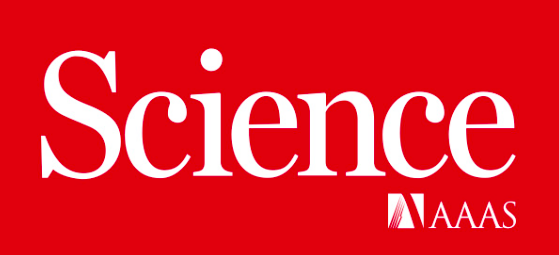
(May 2019) Application of newly developed methodology to realistic samples was published in ACS Nano: “Thermal Stability of Gold/Palladium Octopods Studied in Situ in 3D: Understanding Design Rules for Thermally Stable Metal Nanoparticles” ACS Nano 13, 6522 (2019). (open access pdf)

(Dec 2018) Proof of principle methodology for the investigation of nanoparticles in realistic conditions was published in Nano Letters: “Three-Dimensional Quantification of the Facet Evolution of Pt Nanoparticles in a Variable Gaseous Environment”, Nano Lett. 19, 477 (2019).
